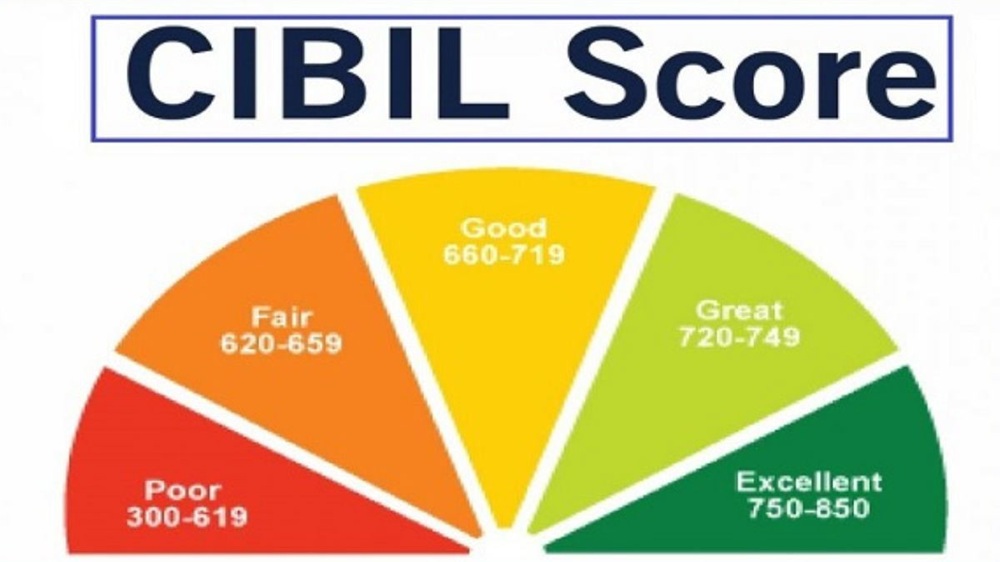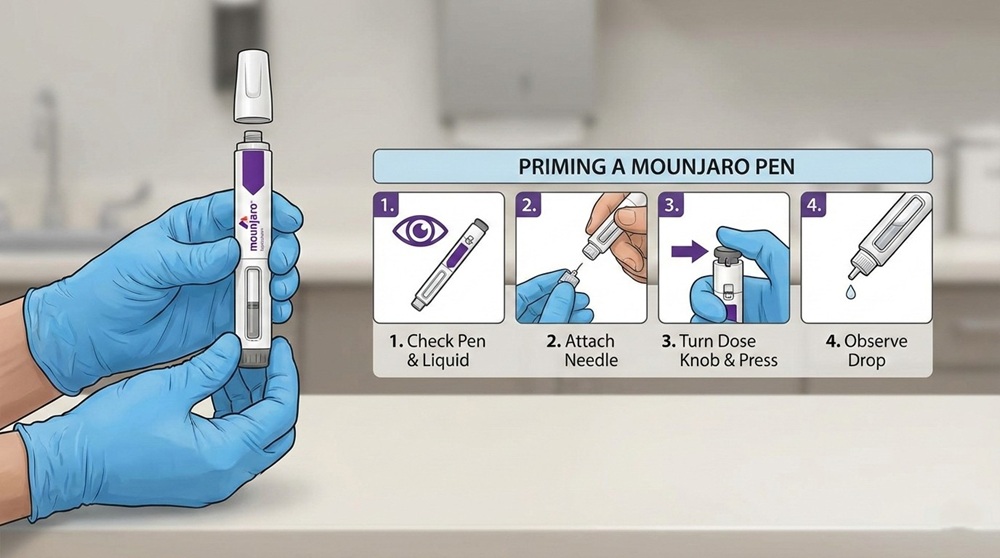Did you know that 20% of small businesses fail within their first year? And that almost half of small businesses fail within the first five years. So, if your company is still around after five years, you’ll be well on your way toward future-proofing.
Sound promising? Great! In this post, we’re looking at small business growth strategies to help you plan for the future. We’re also offering you our top tips to keep your business going strong.
Are you ready to dive in? Then read on.
Assess Your Business Strengths and Weaknesses
Assessing your business strengths and weaknesses is a necessary step. This is important before implementing any growth strategy. Below are some of the ways you can do this:
Identify Core Asset and Liability Metrics
You need to consider core asset and liability metrics. Core asset metrics include the liquidity of the company’s assets. Liability metrics include accounts receivable, long-term debt, and equity.
Analyze the Market Opportunities and Competition
You can assess strengths and weaknesses by analyzing the market opportunities and competition. You can identify market opportunities by researching competitors and evaluating industry trends. You can also note customer feedback and gather information on the target market.
Identify market opportunities. You can identify business weaknesses by surveying employees and customers and evaluating financials. Evaluating the competition and understanding their strategies is also crucial to determine weaknesses.
Examine Your Current Business Strategies
Consider aspects such as financial goals, customer service, product offerings, and other areas. This will help you recognize areas of success or failure.
Using customer feedback can also help you identify issues in current strategies. This data can come from surveys, market research, and social media. Identifying what went wrong or right in the past can help you plan for the future.
Test Human Resources Capabilities
Investigate the skilled employees your business has compared to the total of employees. This assessment will measure how many workers have the skills to meet current needs. It can also show a lack of expertise in certain areas that need further resource investment.
Understand Financial Performance Metrics
Analyze the financial statements and look for patterns to understand your financial health. Look at the revenue, costs, and expenses to assess the growth of the business. Analyze the balance sheet to identify assets, liabilities, and liquidity.
Use Technology-Driven Strategies
Adopting technology-driven strategies can sustain success and result in increased profitability. Incorporating innovative technologies can help small businesses stay competitive. This includes cloud-based options, mobile devices, workflow automation, and big-data analytics.
For example, by using cloud solutions, you can free up resources spent on data storage. You can place them towards innovation and research and use mobile technologies. They provide great opportunities to enhance services and increase customer reach.
Workflow automation also helps to increase efficiency by eliminating manual tasks. You can further leverage the power of big data to gain insights into customers. You can use data to tailor your products and services.
Strengthen Employee Retention and Recruitment
You need to strengthen employee retention and recruitment. You can do this by investing in employee training and development programs. You can also put in place effective performance evaluation systems.
And you can do business management through positive communication between employers and employees. All these efforts can help create job satisfaction among employees. This is a big deal because, at the end of the day, they are the brand’s biggest asset.
Creating a welcoming environment can also improve retention and recruitment. You need to show that you value employees’ time and well-being. This helps to build trust among them.
Employees, in turn, remain with the organization for longer. This helps both in recruitment and, even more so, with retention.
You should offer competitive salaries, rewards, and incentives, and involve employees in decision-making. This can all boost employee satisfaction. It can make the organization more attractive to job seekers.
Improve Customer and Brand Engagement
Customer engagement and company recognition should be at the top of your list. You should think about making a reward program if you want to make an impression on your customers. You can boost the reputation of your business by using online social media platforms.
You can thank repeat customers for their business with membership programs. It builds a strong sense of community and makes people feel more connected to the company.
You can also build relationships with customers by using social media sites. This is where real-time comments, reviews, and interactions with brands happen.
AI can be used to make the customer experience smarter. You can do this by using data to predict what customers will want. It can build self-service technology that makes things easy for customers.
Diversifying Your Products and Services
Diversifying your products and services is important. By having a variety of products and services, you can cater to different customer needs. It can also signal to customers that your business is current and up-to-date on market trends.
First, research new products and services to add to your offering. Identify which ones could benefit the most customers. Determine the operational changes you need. This will help you provide services or products that customers need.
Look into new and innovative business models. Check out ongoing trends that can help your business stay ahead. Consider placing product variations online and offering discounts for added value.

Finally, offer incentives and sales promotions that can drive more customers. You can diversify your product offerings and services. Then, you can also tap into more markets through outsourced sales for startups.
Follow Our Guide for Small Business Growth
Small business growth strategies can help to “future-proof” your business for success. This is as long as you can execute it with careful planning and attention to market trends. Strategies like increasing operational efficiency and diversification can influence a lasting successful business.
What are you waiting for? Do your research as soon as you can. Then, apply these strategies to start building your competitive advantage today!




